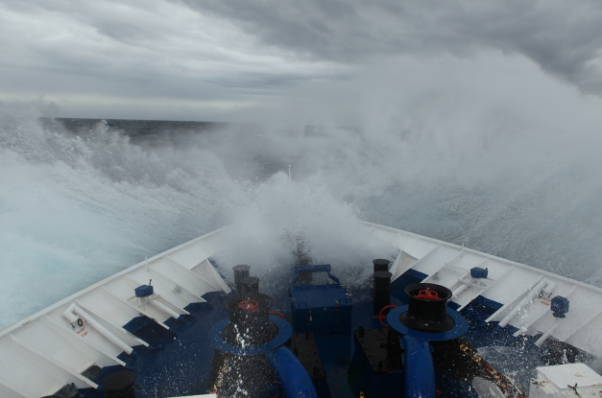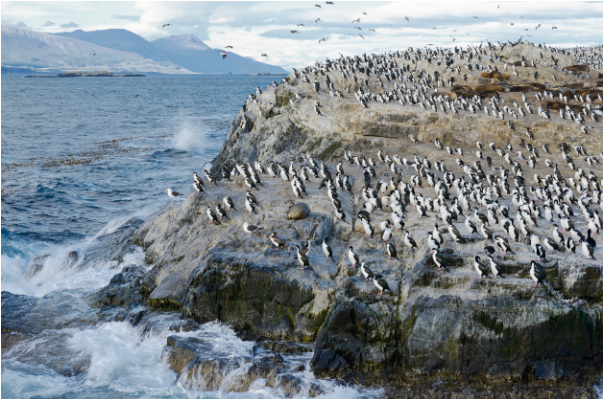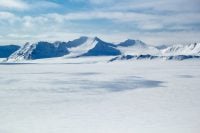An old sailing saying goes, “below 40 degrees latitude, there is no law; below 50, there is no God.” Cape Horn, the southerly headland of the Tierra del Fuego archipelago, is at 56 degrees south – which makes sailing around Cape Horn especially difficult. When gale force winds and huge waves hit, even the most experienced sailors need their wits about them. Here, find out how Cape Horn earned its formidable reputation.
“Here comes Cape Horn!” – The first sailors to circumnavigate the headland
Many famous seamen of the ages have taken a look at Cape Horn and turned back. Allegedly, Sir Francis Drake set eyes on the cape in 1578 but thought better of making the crossing. Portuguese sailor Ferdinand Magellan also had serious reservations about sailing around Cape Horn. Instead of attempting to sail past the headland, Magellan opted for the strait which now bears his name.
The first sailor to conquer the cape was Dutchman Jacob le Maire in 1616. Le Maire named the outpost after the town of Hoorn, in honor of the sponsors of his expedition. Captain Cook also managed to circumvent Cape Horn about 150 years later with his ship HMS Endeavour. Despite le Maire and Cook’s successes, Cape Horn’s infamy was far from forgotten. Captain William Bligh failed to make the crossing with his ship The Bounty in 1787 and Spanish conquistadors feared the cape so much they hauled their looted gold across land. In 1830, Richard Henry Dana Jr. wrote about his experience sailing around Cape Horn in his memoir:
“Hurrying upon deck, we found a large black cloud rolling on toward us from the south-west, and blackening the whole heavens. “Here comes Cape Horn!”, said the chief mate; and we had hardly time to haul down and clew up before it was upon us. In a few moments, a heavier sea was raised than I had ever seen before…At the same time, sleet and hail were driving with all fury against us.”
Sailing around Cape Horn: The ultimate test for the adventure sailor

Later, larger, more robust vessels could navigate the cape. Before the Panama Canal was built, the strait became a busy shipping passage transporting people and goods to California. Although ships have come a long way since Sir Francis Drake turned tail, sailing around Cape Horn is still considered the Everest of yachting excursions.
Cape Horn marks the point at which the Atlantic and Pacific Oceans meet – which is what makes the passage so treacherous. Extreme low-pressure systems whirl across the sea, creating the dreaded williwaw winds. These gusts are sudden, unpredictable and frequent – and with bigger winds, come bigger waves. With such challenging conditions, Cape Horn is now the stage for the world’s most challenging yacht races, including the Vendee Globe and the Volvo Ocean Race.
Cape Horn: So much more to discover

But make no mistake – there’s a lot more to Cape Horn than fierce waves. The headland is also home to stunning wildlife, scenery, and cultural heritage. In fact, comfortable cruises staffed by experienced guides can now easily navigate this legendary landscape. To find out about Australis excursions to Cape Horn, take a look at our brochure.
No comments yet
There are no comments on this post yet.






Leave a comment